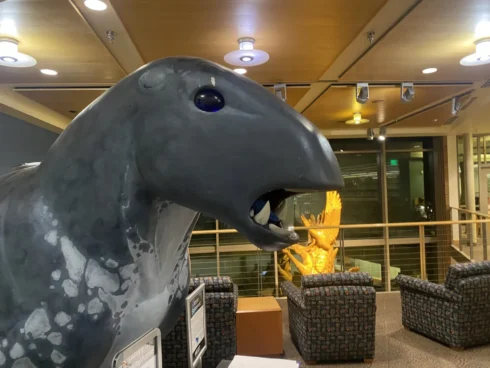What to Do About the Winter Blues?
Here in southern Oregon, the seasons shift dramatically without a transition between the blaring sun and the biting wind.
As the clouds, wind and rain blow, and the sun begins to disappear for many people, the winter blues set in. The “winter blues” or Seasonal Affective Disorder (SAD) is however, a treatable problem.
Before the 1980’s, SAD was not listed as a disorder, and the sufferers of it found themselves depressed and confused a few months out of the year. Thanks to Norman E. Rosenthal, M.D., at the National Institute of Mental Health, the connection has been made between the shorter, darker days of winter and seasonal mood change. He and his colleagues began studying this phenomenon, ultimately giving it the name seasonal affective disorder (SAD). It is now in the primary diagnostic manual for mental health conditions, the manual used by psychologists to diagnose their patients.
The symptoms of SAD are similar to those of depression except they occur only in the winter months. Drowsiness, lack of interest in things that were once enjoyable, increased alone time and social withdrawal, craving of foods high in carbohydrates and inversely, weight gain.
Though the precise cause of SAD is unknown, but is thought to be linked to a biochemical imbalance in the brain from shorter daylight hours and lack of sunlight. Lack of sunlight is thought to be the prominent cause of SAD, either because of a shift in the biological internal clock or circadian rhythm, or because of the lack of vitamin D that sunlight provides.
SAD can also be linked to the hormone Melatonin. Linked to sleep, this hormone is also often linked to depression. Melatonin is produced at increased levels in the dark, so naturally with the lack of sunlight in winter, Melatonin production kicks up.
SAD is most often seen past the age of 18 but can begin at any age, and is most prominent in the darkest months, December, January, and February.
While this disorder affects many people, there is treatment for it . Many psychologists recommend light therapy, as well as other conventional depression treatments such as exorcise, eating foods that are known to elevate mood such as nuts
Light therapy is known to treat conventional depression as well as SAD, but is primarily used for SAD. Light boxes specifically for treating SAD can be purchased online, but compact flourecent bulbs are also known to mimic sunlight better than traditional bulbs. The amount of light the eye receives from interior lighting is far less than the amount from the real thing from the sun. So unless you are outside much of the day in the winter, you are relying on electric light for your photons. Light therapy can also be accomplished from getting out at walking the dog or to the store on an overcast day. Even if there isn’t much visible sunlight, the light is out there and will make a difference.


